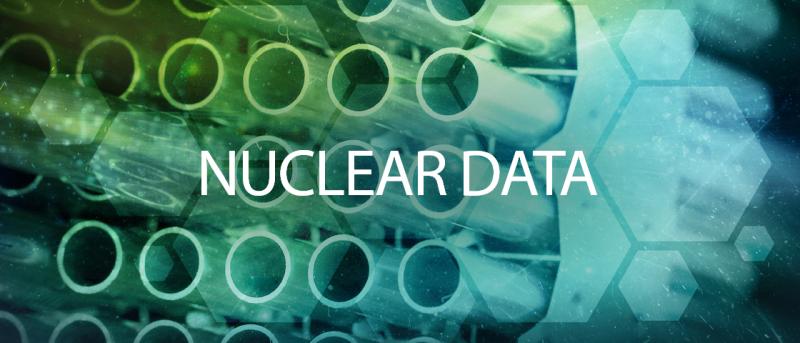When there is a lack of experimental evidence, physicists utilize theoretical models to investigate physical quantities like the mass of nuclei. But relying only on one flawed theoretical model can provide inaccurate outcomes. Scientists can instead combine the results of multiple models to increase the quality of extrapolation predictions. By doing this, researchers may maximize the combined knowledge from several models and derive the most accurate forecast from the most recent experimental data.
Nuclear physicists and statisticians suggested a unique statistical strategy to increase the predictability of complicated computational models. This approach updates a hypothesis’s probability based on newly acquired evidence through the statistical process known as the Bayes theorem. Journal Scientific Reports publishes the work.
So-called Dirichlet distribution is used in the resulting machine learning framework. Numerous flawed models’ outputs are combined in this statistical process. The capabilities of the suggested mixing strategies to mine nuclear mass data were demonstrated by the researchers.
This study found that global and local mixtures of models perform well in terms of prediction accuracy and uncertainty quantification. These combinations appear to be more effective than the traditional strategy of classical Bayesian model averaging. Furthermore, the researchers’ analysis shows that enhancing model predictions through plain mixing produces more robust extrapolations than mixing corrected models.








